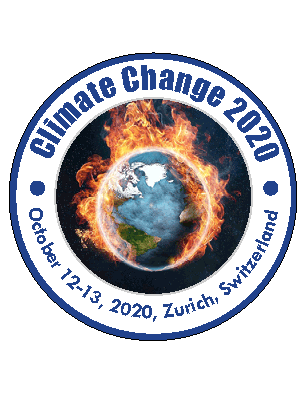Puspita Barik
AcSIR (CSIR-National Environmental Engineering Research Institute) Ph.D. Scholar, India
Title: Coal fired thermal power plant emitted pollutants, Central Indian Population residing in the vicinity of thermal power plant and their respiratory health impact/risk assessment
Biography
Biography: Puspita Barik
Abstract
Statement of the Problem: For developing nation like India Coal fired thermal power plant considered one of the major sources of pollution and it one of the largest threats to the environment Thermal power plant (TPP) contribute a significant burden of diseases due to air pollution. TPP emissions contain toxic particulate matter (PM), hazardous heavy metals (Mn, Cd, Cu, Hg, Mg, etc.), SOx, NOX, CO2, etc.
Therefore, in the present study, the case control epidemiological study design applied to assess respiratory health risk assessment of the Central Indian population residing nearby TPP was carried out using different statistical tools. Multivariate analysis was used to understand the impact of confounding factors on the prevalence of respiratory illness. Univariate and multivariate analysis revealed the strong association of BMI, occupational exposure, smoking and family history with the occurrence of respiratory diseases. This study shows a weak association of PM intake dose with the occurrence of respiratory disease in the human subjects residing nearby TPPs.
Findings: In the present study it revealed that different confounders like body mass index (BMI), smoking status of family, occupational exposure, with the prevalence of respiratory disorders. The statistical analysis both the univariate and multivariate analysis revealed a marginal increase in odds ratios in the subjects with intake dose level of particulate matter >35 μg/kg-day compared to the cut off value of ≤35μg/kg-day. Since the dispersion modeling considers only point sources of emission, the obtained results may further need to be revalidated using real-time on-site air quality monitoring. Future health risk assessment studies should be designed to quantitatively estimate the contribution of each variable (hazard index) to the development of respiratory disorders.

